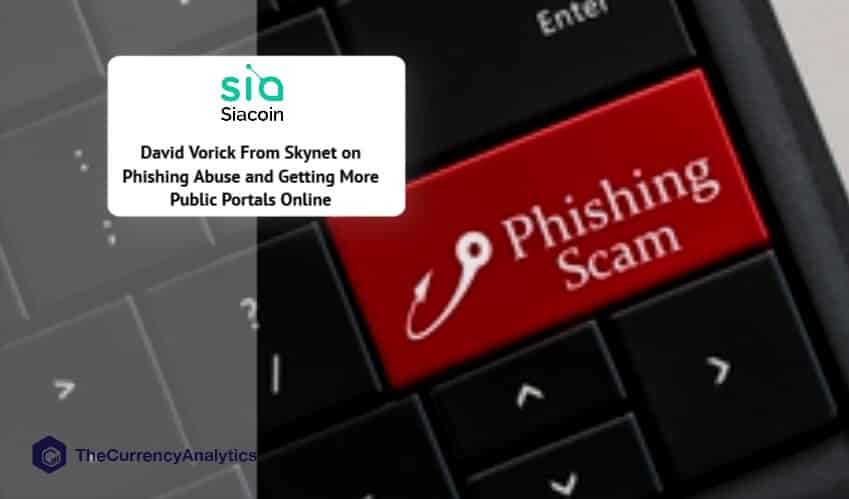
David Vorick Expressed: Hns.to reportedly down due to phishing abuse. Siasky.net has previously been knocked off the Internet for similar reasons. Our hosting providers, DNS registrar, and Chrome itself have all been single points of failure for keeping a domain online.
The most brutal takedown we’ve experienced was when Uniswap issued a phishing complaint against us for hosting a Uniswap frontend. Namecheap, our domain registrar, pulled siasky.net entirely off the Internet. The DNS entry was removed, and our website was unreachable.
We’ve since set up a takedown process with Namecheap, and they’ve been pretty reasonable. Generous response times, and their requests are nearly always legit. But the fact remains that Namecheap has unilateral authority to pull siasky.net off the Internet.
Ultimately though, there are lots of domain registrars, and if Namecheap ever becomes too hostile we can switch to another provider such as Gandi.
The second challenge we’ve been running into is takedowns from our hosting providers. Some hosting providers give you as little as 1 hour to respond to abuse complains, including expecting a **human** to respond within 1 hour.
As a result, there are some hosting providers that we just can’t use, and we’re constantly rotating our fleet as we learn the policies of different providers we’ve chosen to rent infrastructure from.
Nearly all providers expect us to have an automated takedown system. After much hesitation, we’ve agreed to build such a system, but it means that there are even more parties who can – with minimal oversight – have links blocked automatically on siasky.net.
By far the scariest source of control has been the Chrome browser itself. Chrome has (for some users) flagged siasky.net as a malicious website, and refuses to reveal what the problematic links are. The message boils down to “you guys host malware, fix it”.
This is a huge issue, because unlike with Namecheap and our hosting providers, there aren’t alternatives to Chrome. If we switch from Namecheap to Gandi, our users won’t know and won’t care. If we switch from IONOS to OVH, our users won’t know and won’t care.
If Chrome decides that it won’t allow people to access siasky.net, our only alternative is to tell people to use Firefox or some custom browser (Brave uses the same banlist as Chrome.
This of course goes well beyond Skynet. If Chrome can block users from accessing siasky.net without even telling us what we’re doing wrong, they can do that for **any** website. This should be setting off a lot of red flags for the freedom of the Internet.
So where do we go from here? The number one priority is getting more public portals online. But we need to do that in a way that protects portal operators. That means providing everyone with robust compliance tools for takedown requests and malware.
Public portals are always going to have to comply with the Internet’s censorship regime. You just can’t say online otherwise. Users have recourse in the form of private portals, and we are also working on tooling to make it easier to run your own private portal.
We’re also working on a project called ‘Skynet Kernel’, which will allow any user to access Skynet through a mux of public portals, rather than depending on just a single portal. This is where the real magic for Skynet decentralization is, and code should be available in Jan 2022.
Our fight to re-decentralized the web has been a challenging one, but at no point in time have we felt that the situation was hopeless. Web3 is a powerful stack, and we see many options for moving forward productively. The future is decentralized, nothing will stop that.


Get the latest Crypto & Blockchain News in your inbox.